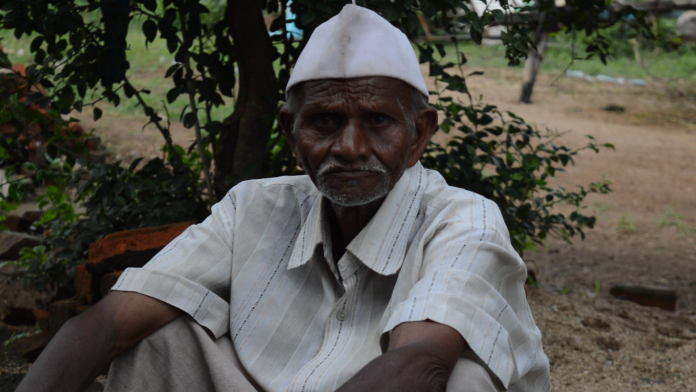By Amit Kumar, TwoCircles.net
Over the past few years, the Indian state has faced increasing resistance from Adivasis across the nation over land acquisition and rehabilitation programmes. Even the most cursory look at the conditions of Adivasis across the nation lays bare the claims of the government that the Adivasis have been adequately compensated for their losses. This three-part series looks at how tribal regions; lives and homes in Gujarat have been left in disarray in the name of ‘development’, both new and old. The first part looks at a small dam project in Dahod district, where the Bheel community has been fighting for 35 years to claim rightful compensation.
Bhimabhai Pandor is a man in his 80s. He has trouble hearing, but if there is one thing that he has realised in his life, it is that the government has far more difficulty in hearing the voice of the people, especially if it comes from marginalised communities like the Bheels. Sitting in a government office near Jhalod, Pandor is a well-known Bheel leader who has an encyclopaedic knowledge of the local resistance movements, says that he realised long ago how difficult it is to seek justice for Adivasis in the state. “No matter which government it is: Congress or the BJP. Here (in Gujarat) or at the Centre. Tribals in this state just cannot expect justice. After all, what kind of justice is denied for 35 years? In which tribal region have they addressed the issues of the community? They want us as cheap labour, that is all,” he says. We are in the region of Jhalod, a town in Dahod district of Gujarat.
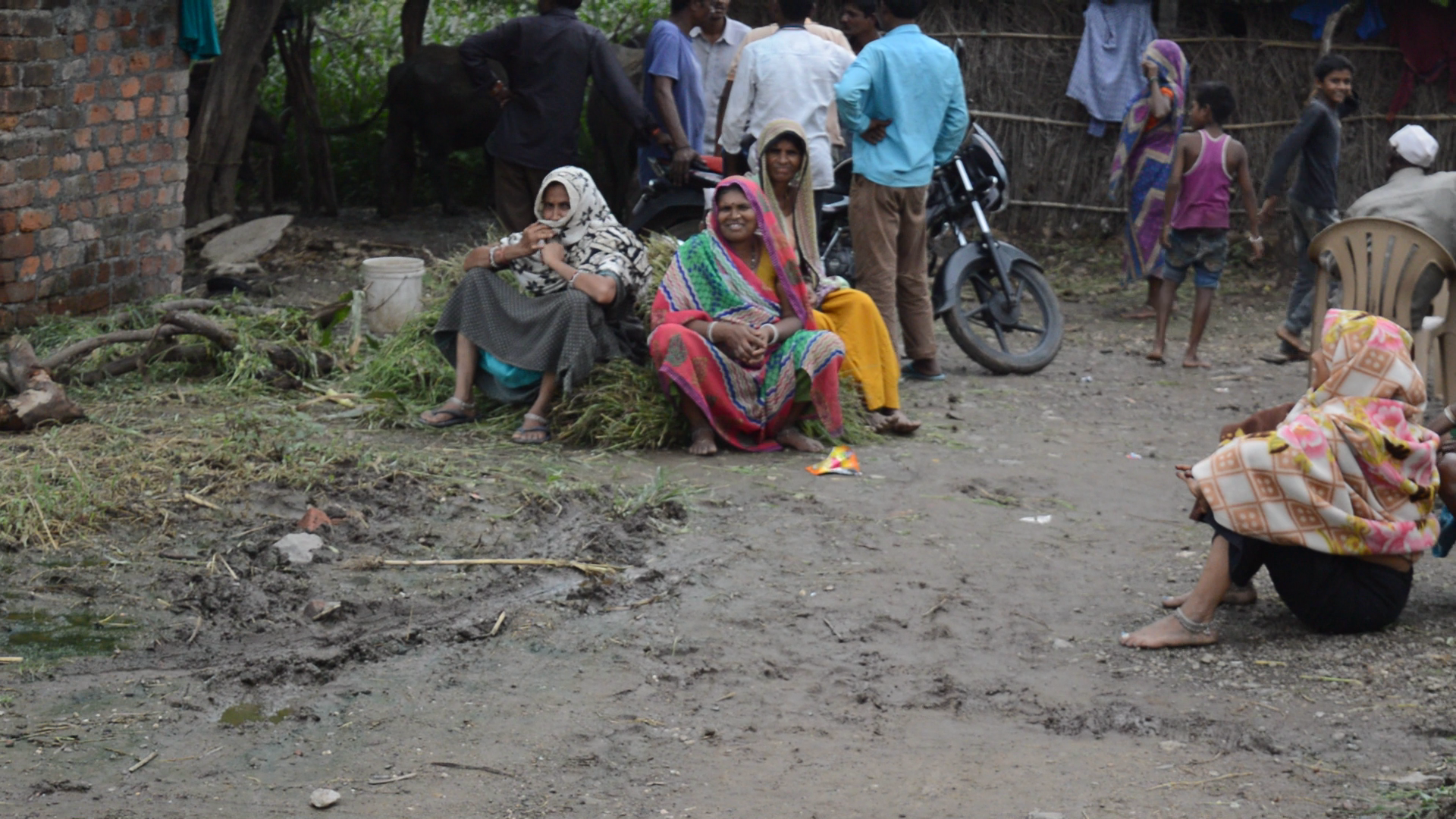
Pandor is talking about how over 600 families from seven villages were displaced by the construction of the Machannala Dam near Jhalod, and now even after over three decades, the wait for adequate compensation remains an elusive dream. Pandor headed the movement during its heydey and today is left with hundreds of stories of how the Bheel community was backstabbed and made to sacrifice in the name of ‘development’.
In fact, it would not be wrong to say that apart from old-timers like Pandor, few even remember the days when the Bheel community fought tooth and nail against the construction of the dam. The reality now is so stark, and so old, that a different life seems more of a fantasy. And the locals have little time for rhetoric and promises, especially when the daily life is a struggle.
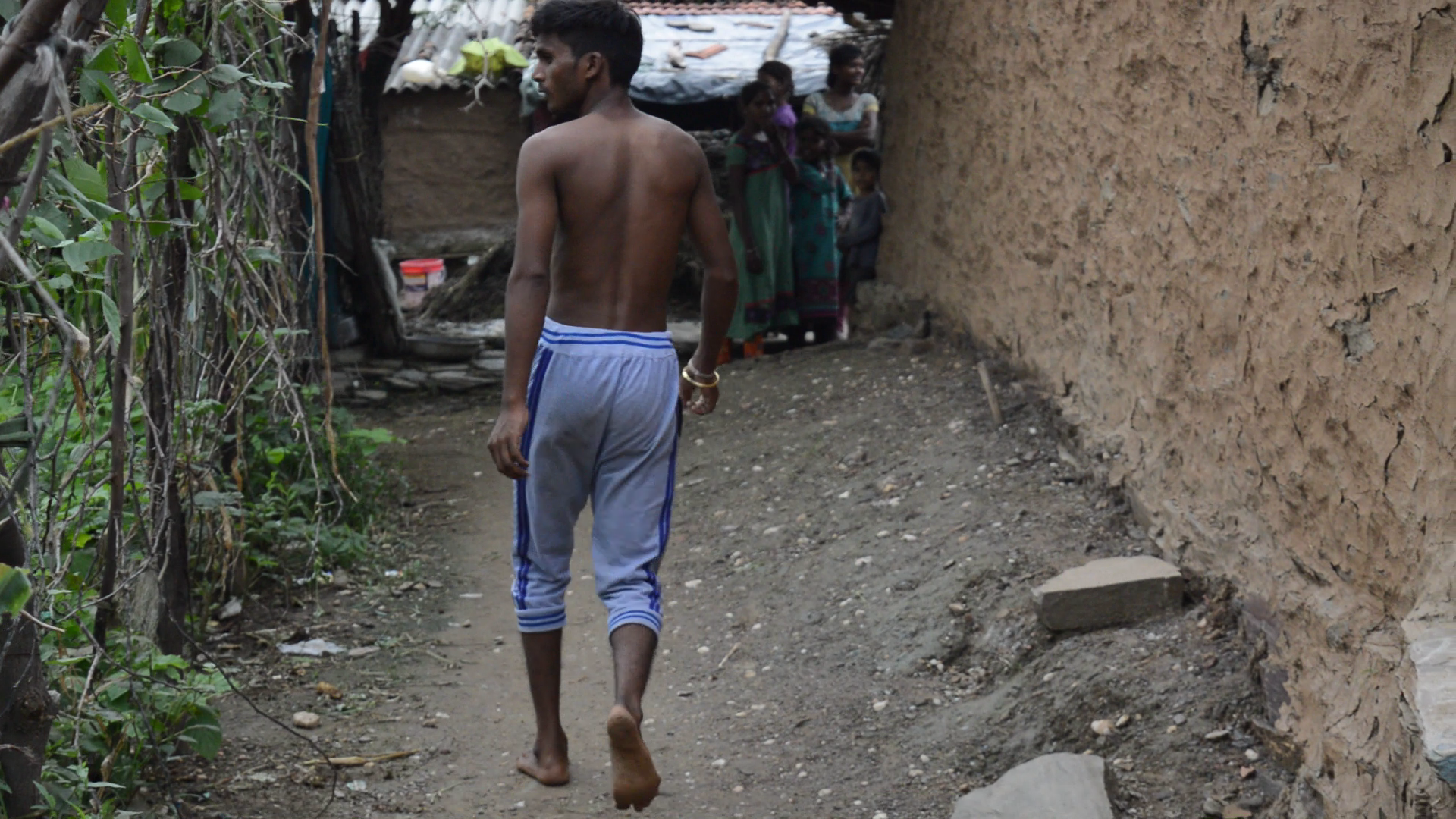
The Machannala Dam is not a large dam by any stretch of the imagination, even in Gujarat. It is an earthen dam built primarily for the purpose of irrigation and unlike the humongous Sardar Sarovar Dam (catchment area 88,000 km sq), Machannala Dam is much smaller (catchment area 245 km sq). In fact, located in a village called Nan Salai-about 3 km from Jhalod town and towards the end of a narrow, broken village road, even finding the office of the dam can be quite a task. What is easy to spot, is the large area that is currently underwater given the ongoing monsoon season. The spillway from the dam extends well beyond what the eyes can see and a visit to Sampoi, a village next to Nan Salai, shows the true extent of the spillway. Of the 200 families living here, about 70 families lost large chunks of land to the dam in the early 80s. During the monsoon season, the water from the dam almost reaches the homes of the local residents, giving the village a marshy feel.
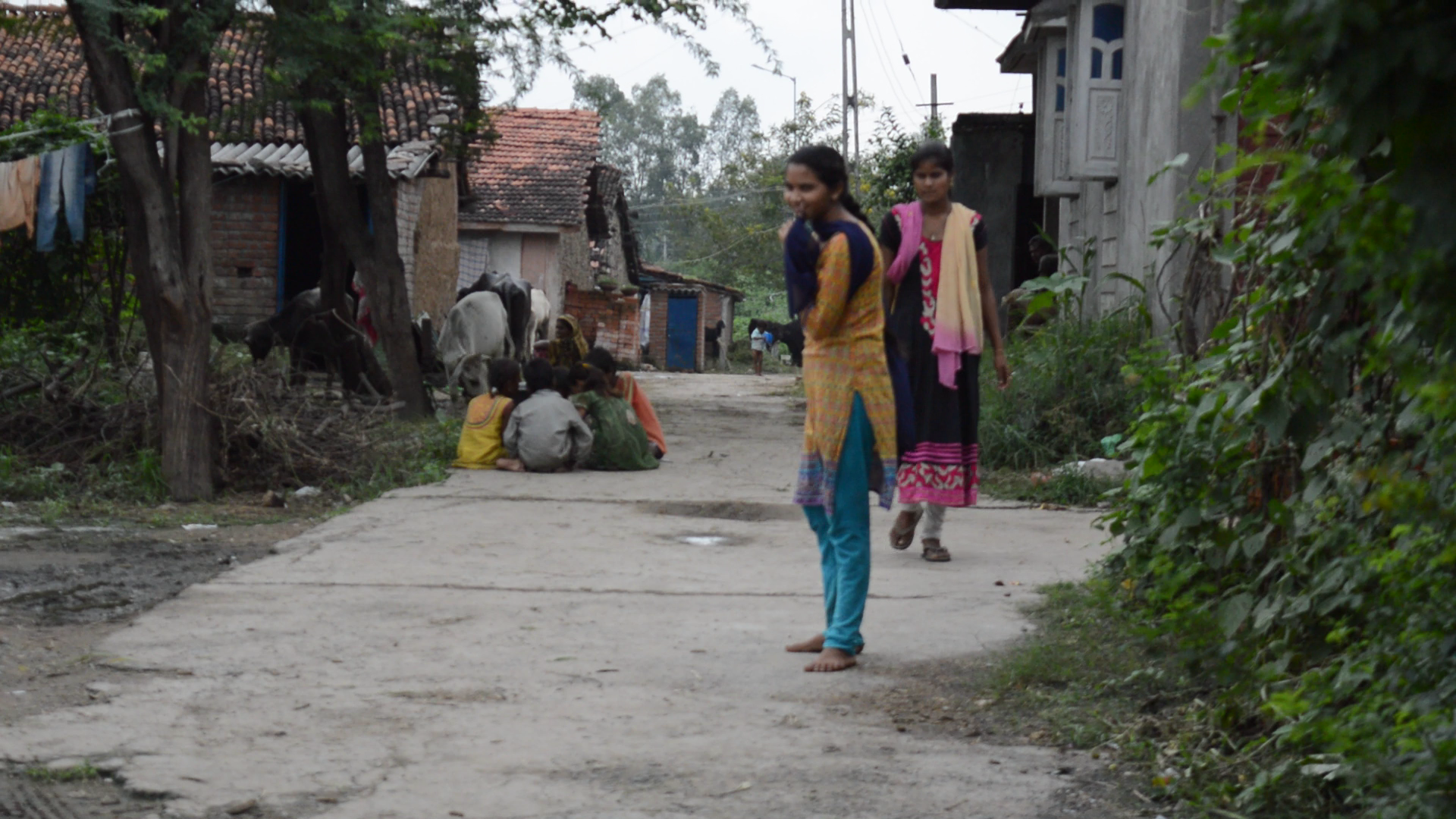
“You can’t see the water, but walk 20 metres from here and your shoes will be soaked in water,” says a local resident. “For at least three months of the year, we are surrounded by water from three fronts which make it impossible to grow any crop. Even if we plant some crop, the spillway from the dam ensures that the entire crop rots,” he says. But how they came to be trapped in a marsh, surrounded by dead maize crops is the point that Bhimabhai was trying to make when we met him in Jhalod.
The making of a dam and the ‘minor’ relocation
In 1978, the Gujarat government decided to construct a dam on the Machhan River and as a result, close to 600 families were uprooted and relocated. The relocation, at least in theory, did not look that bad in the beginning. Dhuliabhai, a man in his late 90s and a resident of Sampoi, narrates the story of relocation. “You see that tree?” he points to one corner, about 1.5 km from where we are standing, “Our village was near that area. I had about 10 acres of land that time. We were told that due to the dam, we would have to move ‘inwards’ by about 2 km and that a) we would be given money at the rate of Rs 2,000 per acre, and b) land as compensation. By 1982, we had been uprooted and all our land was now under water. We got the money but never got the land. We were promised some land in Kalitala (forest area about 10 kms before Dahod on the Godhra-Dahod Highway), but the forest officials blocked that move. As a result, we became landless and have remained landless since.”
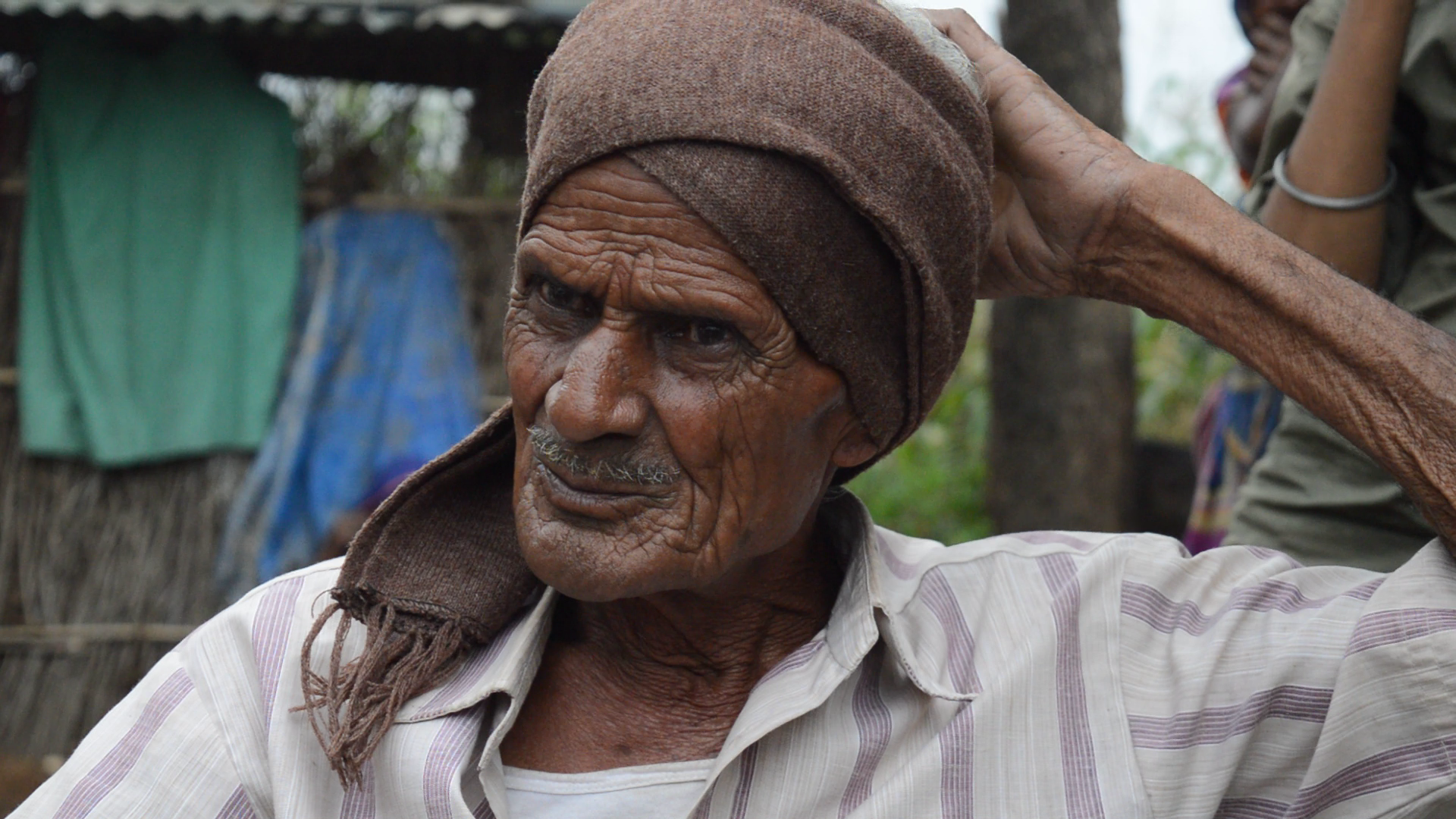
Dhuliabhai added that their lives worsened ever since they were made to relocate. “We sit here and watch the land that we lost. We had no option but to become labourers after we lost our farmland…overall, about 400 families lost a little over 300 acres of land with no land given in compensation. When we moved inwards, we realised that because of this dam, the area under water had increased massively and there was no way we could farm around our new homes too.”
But the government was not done yet. Although the Machannala Dam is categorised as an irrigation dam, the water for irrigation never reached the villages where the displaced people live. None of the affected villages: Sampoi, Raniar, Varod, Nan Salai, Chansar and Tandi, received many benefits from the irrigation water. “When the time to sow comes, the land around us is under water…so of what use is the irrigation water? And when the water recedes, then there is hardly any water left for irrigation. So what do we farm?” asks Rameshbhai, 45, whose father owned close to 15 acres land. Rameshbhai, like almost all the male members of Sampoi, now works as a wage labourer. “I remember my father having land…as for me, I have never had the money to buy land,” he adds.
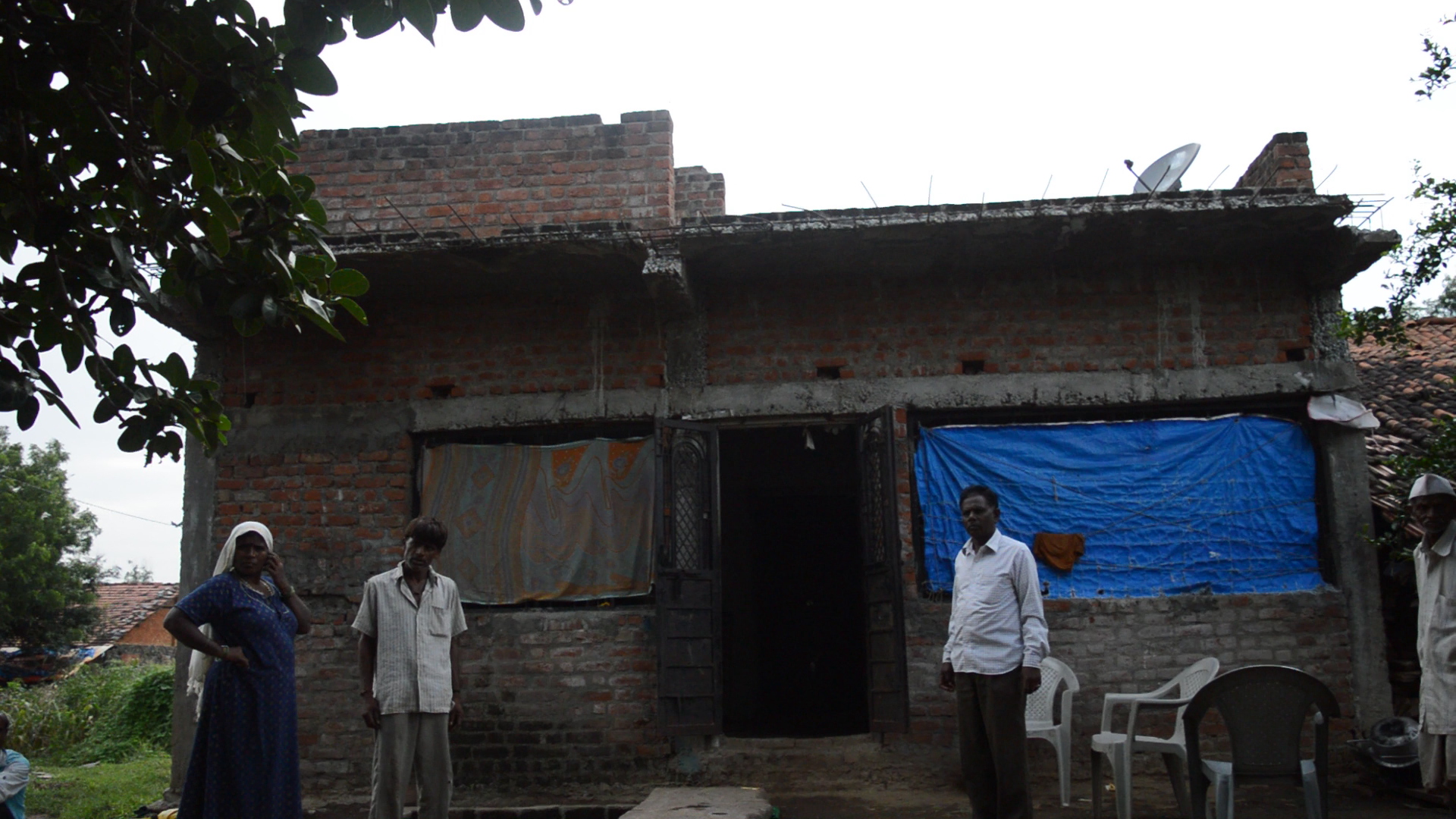
It is a story of almost all the families here. Unable to farm, unable to get the government to give them land in a better place, this relocation of merely 2 km has ensured that an entire generation of Bheels has grown up working as daily wage labourers. Anandbhai, a man in his early 20s, works in Ahmedabad for a daily income of Rs 300. Speaking with TwoCircles.net, he said, “I studied till Class 12 but had no means to continue studying after that. The children here suffer from severe infections during monsoon season; there is no running water in the homes and half the houses get flooded during monsoons. What did we benefit by this dam? If anything, it has ruined our lives.”
No wonder then, that talks of upcoming elections are met mostly with cynicism and pessimism. “Our candidates are from our communities, but they listen to their masters. This issue is not new, but what have they done to rectify it? We will vote, but we don’t expect much to change. They will come to ask for votes and we will oblige. Beyond that, there is not much to do,” adds Dhuliabhai.

